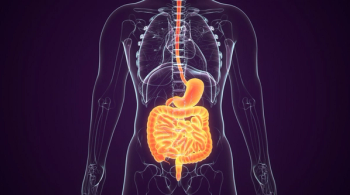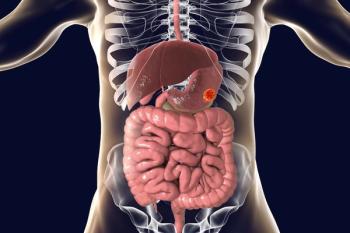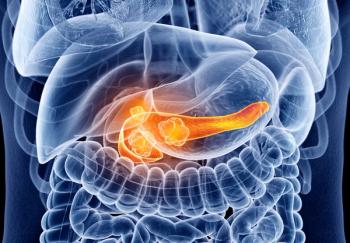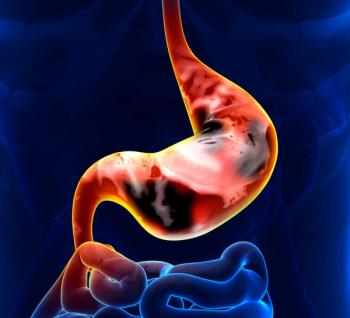
More Focus on H Pylori and Gastric Cancer Needed
In 2008, 770,000 out of 989,000 gastric cancer cases worldwide were attributed to H pylori, suggesting eradication could yield drastic reductions in incidence.
Though uncertainties remain, gastric cancer and Helicobacter pylori represent an enormous opportunity for prevention. An amazing 770,000 out of 989,000 total gastric cancer cases around the world in 2008 can be attributed to the bacterial infection, suggesting that eradication could yield drastic reductions in incidence.
“Despite its importance, gastric cancer receives little attention from research funding agencies or public health organizations,” wrote authors led by Rolando Herrero, MD, PhD, of the International Agency for Research on Cancer in Lyon, France, and colleagues in
The lack of attention is evident from the most basic of observations. A search for gastric cancer studies at ClinicalTrials.gov yields only a quarter of the results for breast cancer, half that of prostate cancer, and about a third that of lung cancer. This is even more remarkable given what has been learned about H pylori and the possibility for gastric cancer prevention; as the JAMA authors point out, only 10% of that $12 million from the NCI goes to prevention research.
Several studies have shown that eradicating the bacteria can reduce gastric cancer risk. In one trial in China, gastric cancer risk dropped from 4.6% to 3% after treatment of H pylori, and
In spite of the limitations and uncertainties, many think screening and eradication should be implemented widely. A
There are
“Ignoring gastric cancer in the hope that it will soon disappear is not a tenable health policy,” they conclude.
Newsletter
Stay up to date on recent advances in the multidisciplinary approach to cancer.















































































